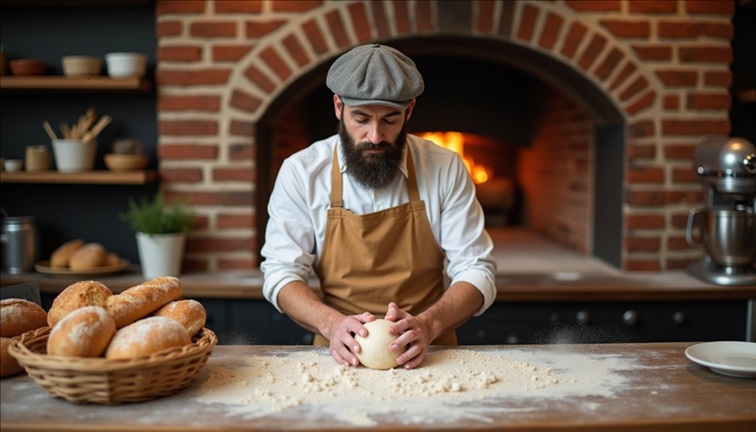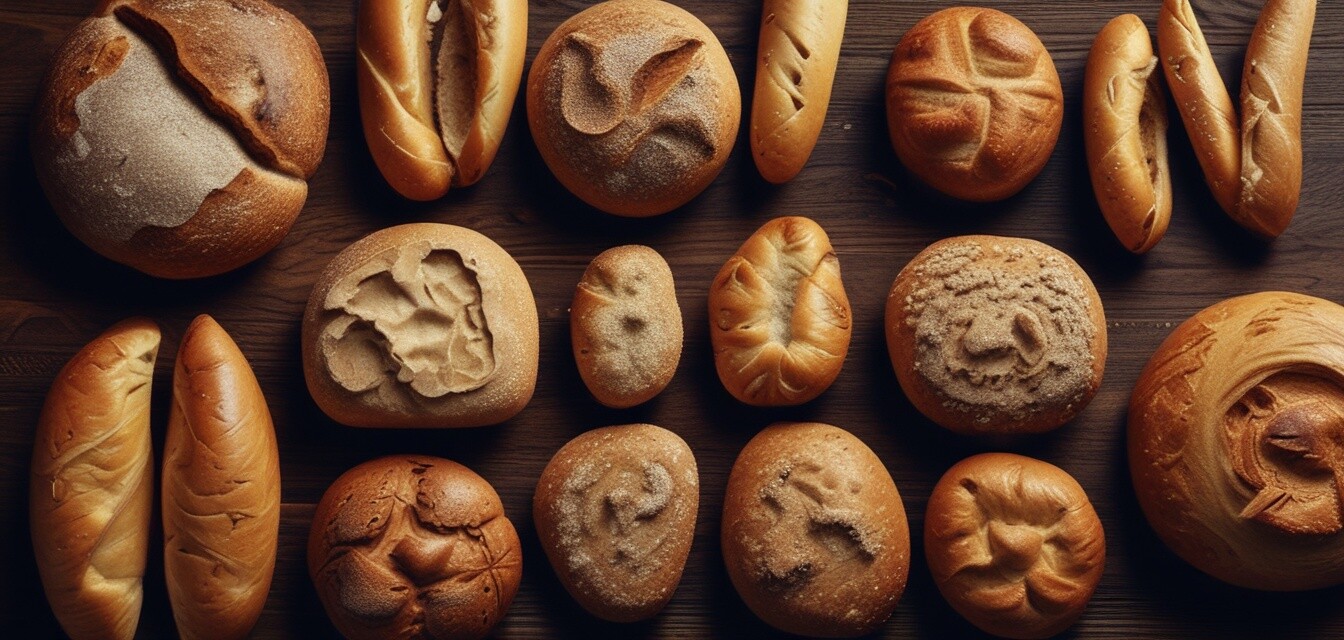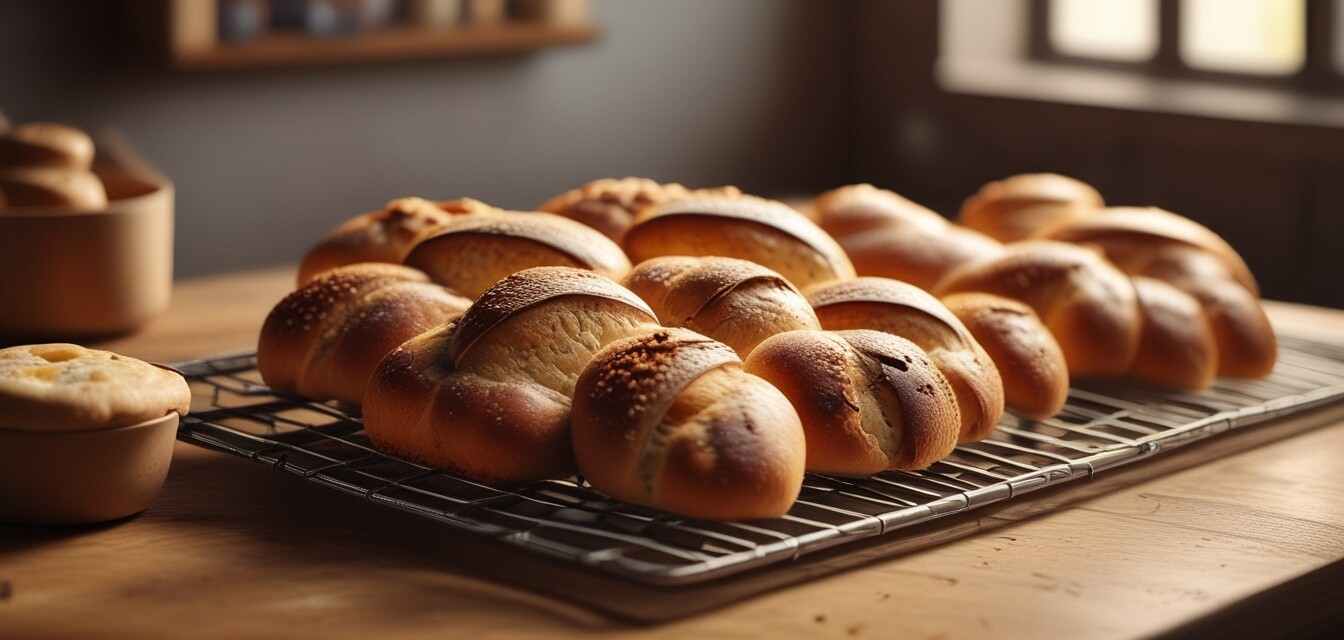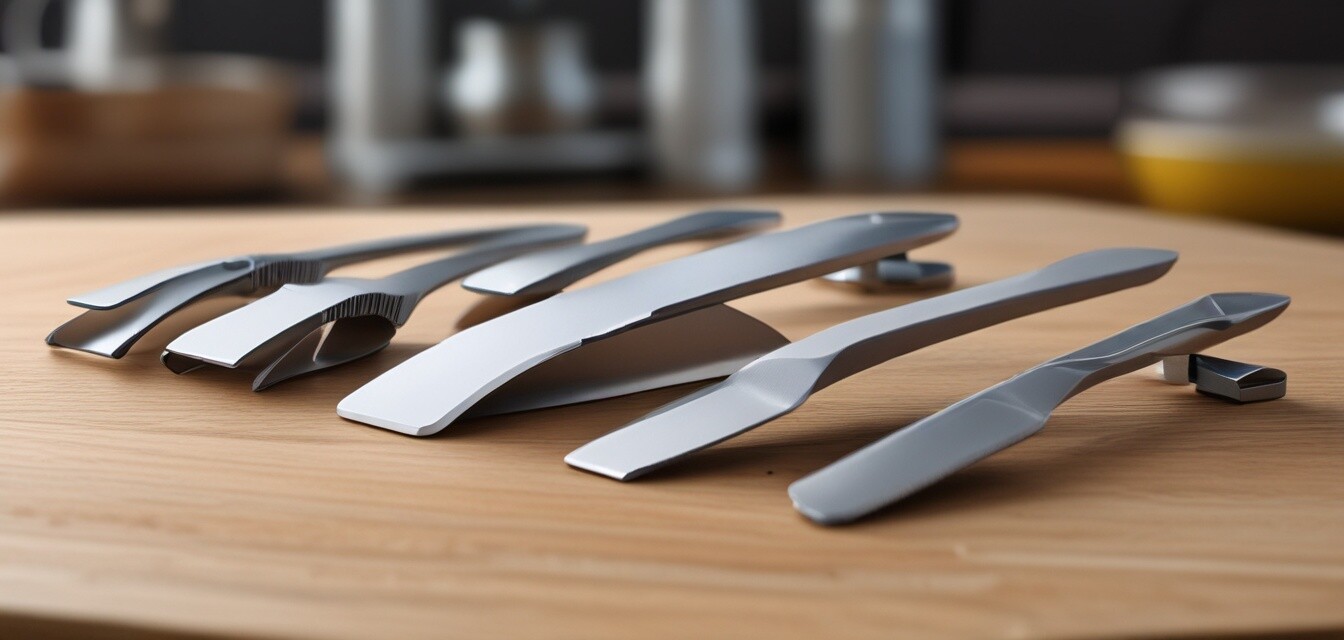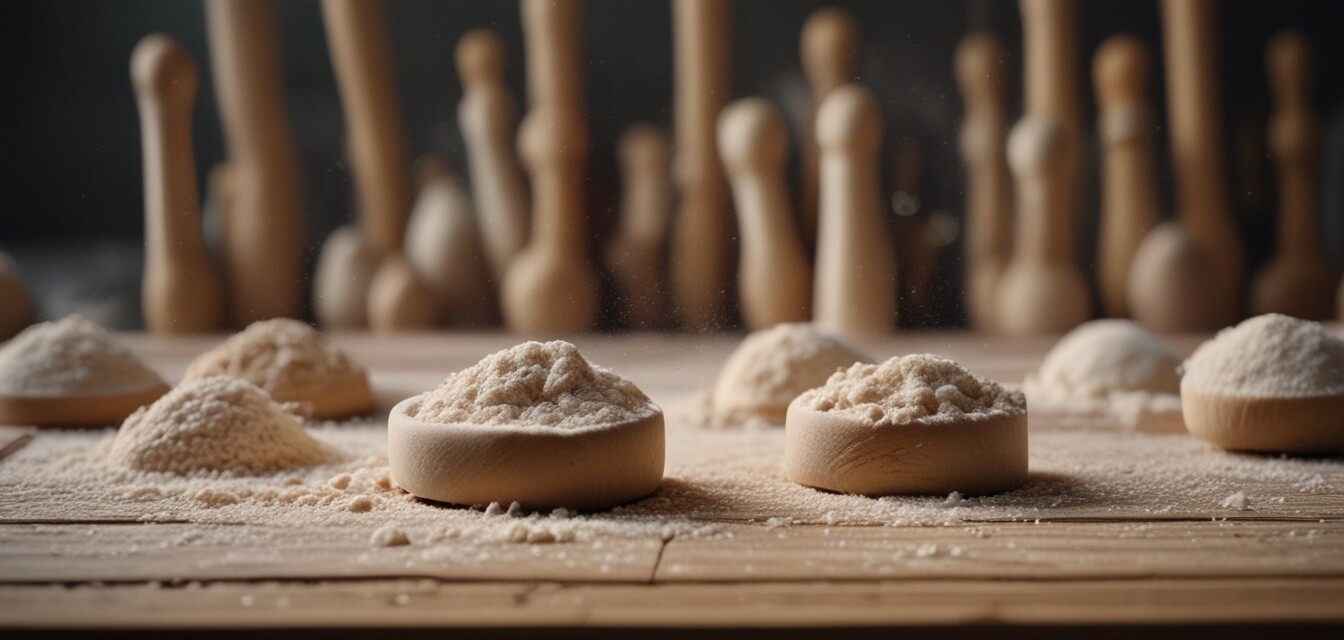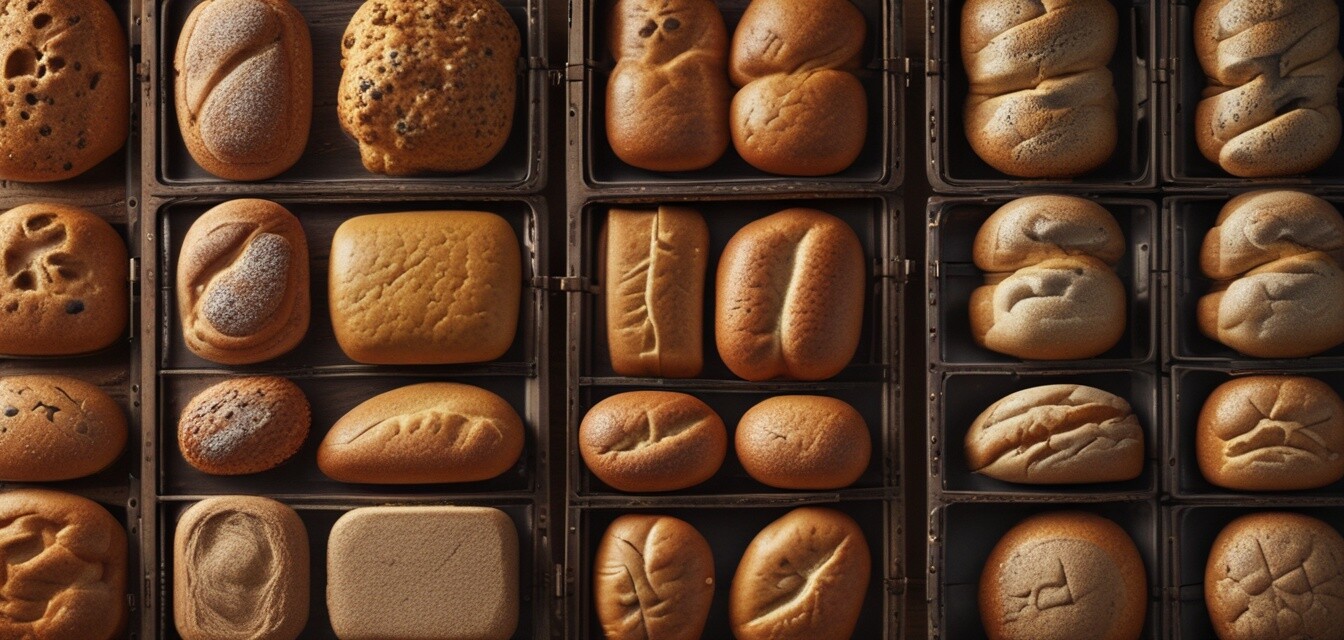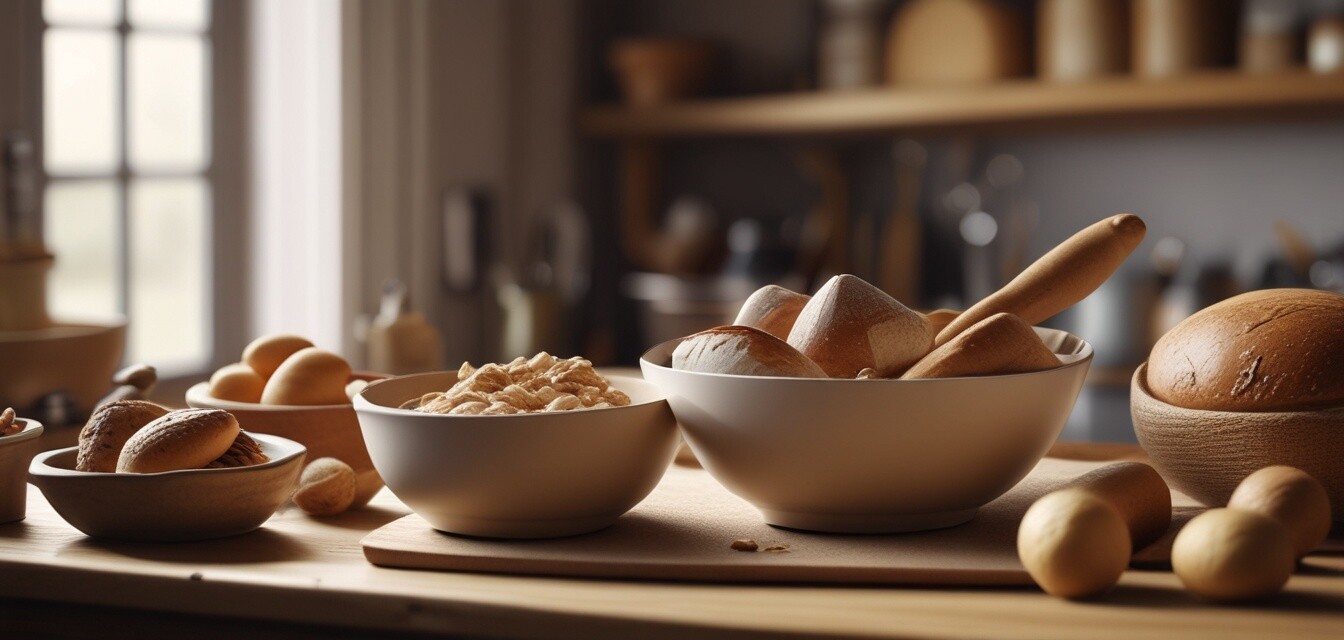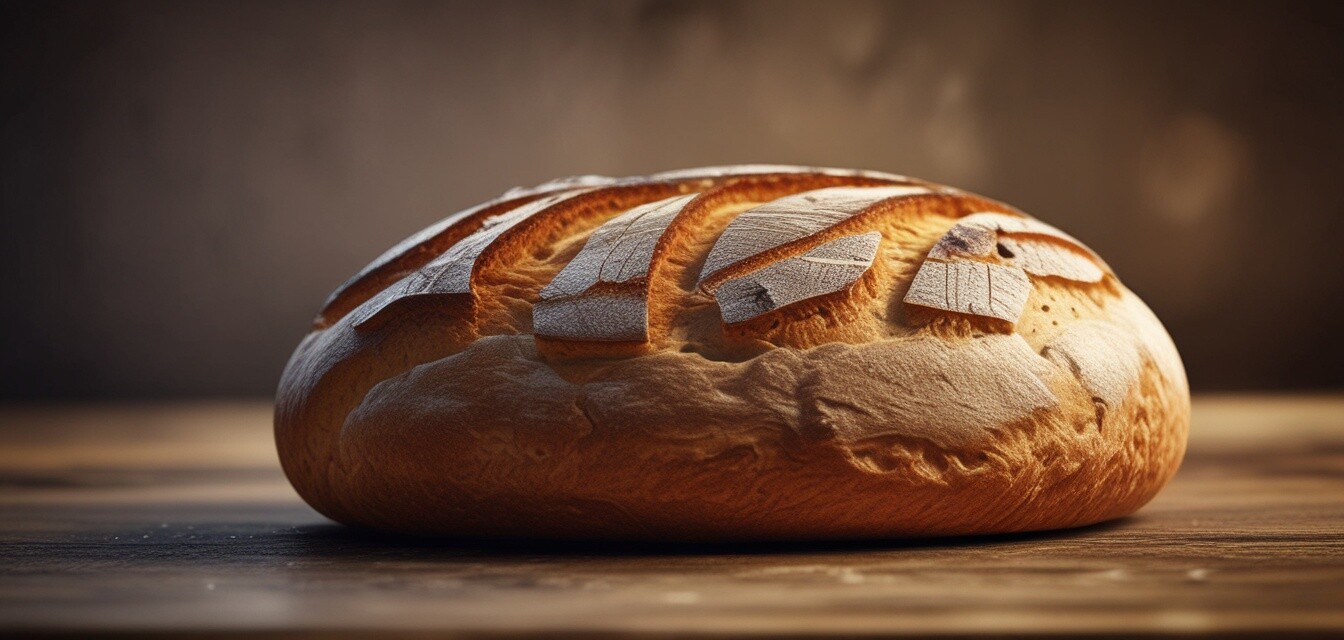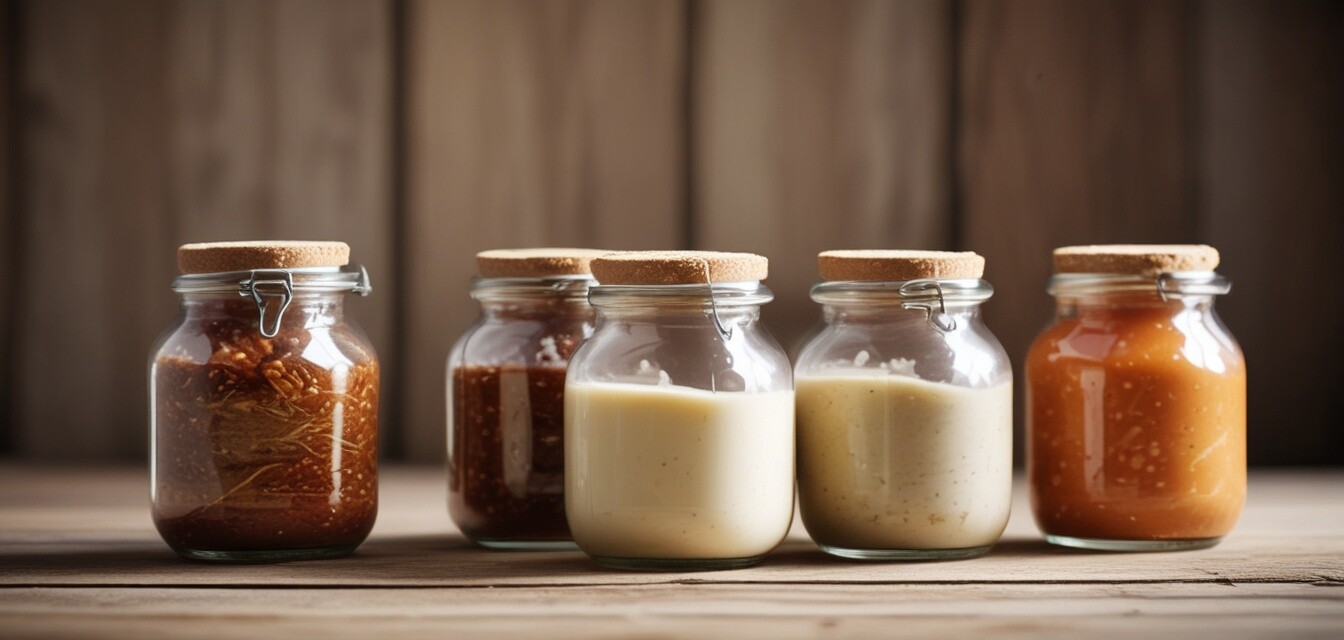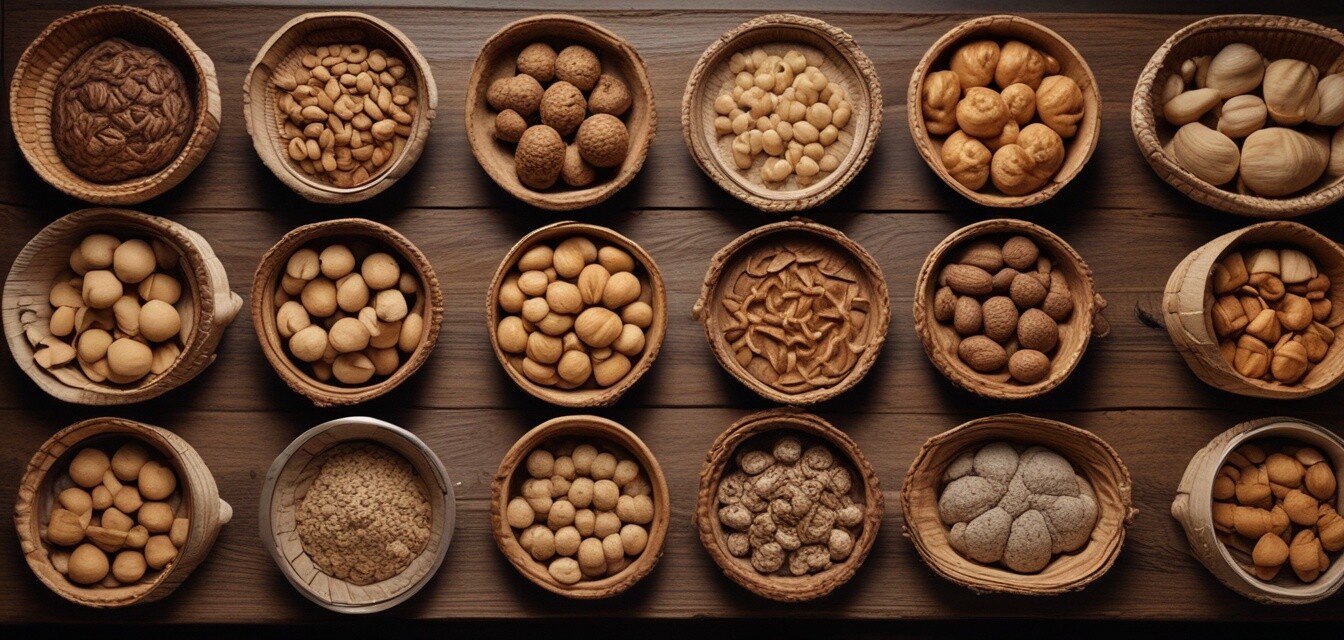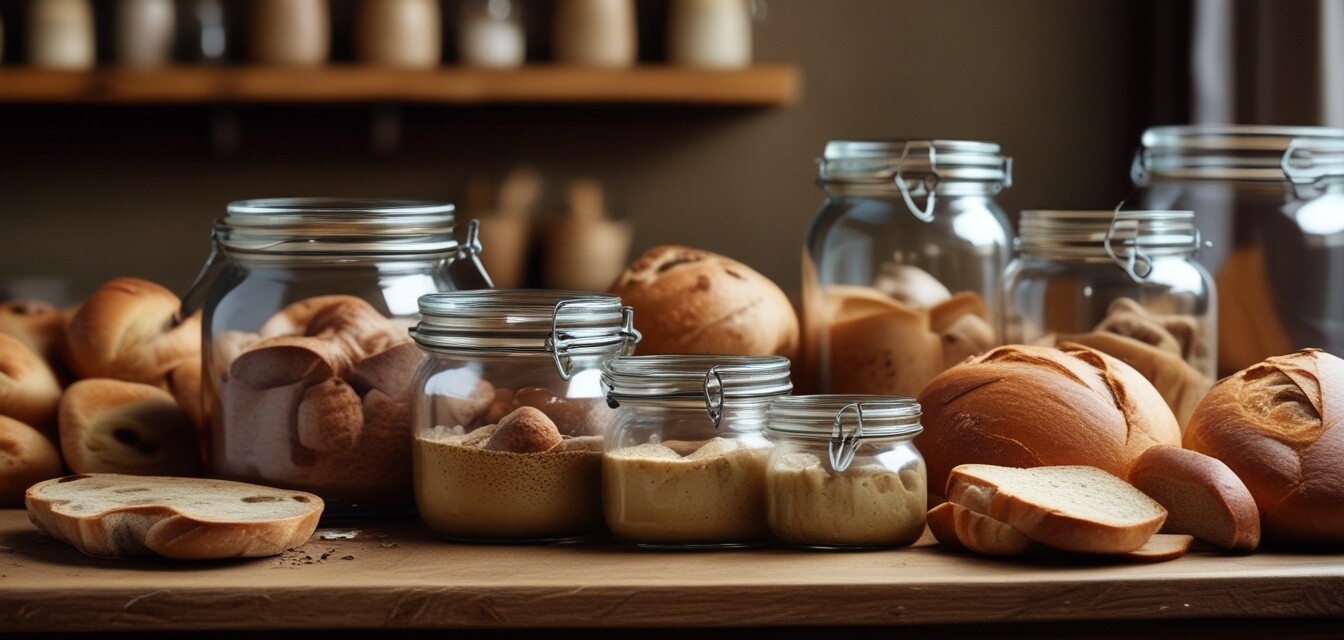
Fermentation Containers
Key Takeaways
- Fermentation containers are crucial for controlling the development of flavor and texture in bread.
- Common types include glass jars, ceramic crocks, and plastic containers.
- Choosing the right fermentation container depends on your personal baking style and the type of bread you’re making.
- Humidity and temperature control are vital for successful fermentation.
Fermentation is a pivotal part of the bread-making process, influencing the final flavor, texture, and overall quality of your artisan loaves. The container you choose for fermentation plays a significant role in ensuring the dough rises properly and develops its characteristic flavor. In this article, we will explore various types of fermentation containers, their benefits, and how to select the right one for your baking needs.
Why fermentation containers matter
Fermentation requires the right environment to thrive. The container regulates factors such as temperature, humidity, and airflow, all critical in the fermentation process. Different types of containers excel in these areas:
- Glass jars allow for easy monitoring of dough condition.
- Ceramic crocks help maintain stable temperatures.
- Plastic containers often come with lids designed to trap humidity.
Types of fermentation containers
Here are some popular fermentation containers used in artisan bread making:
| Type of Container | Material | Pros | Cons |
|---|---|---|---|
| Glass Jars | Glass |
|
|
| Ceramic Crocks | Ceramic |
|
|
| Plastic Containers | Plastic |
|
|
Selecting the right fermentation container
When choosing a fermentation container, consider factors such as:
- The type of bread you're baking (sourdough, whole grain, etc.)
- Your kitchen environment (temperature and humidity levels)
- Your budget and how much you are willing to invest in tools
Popular fermentation container styles
Here is a closer look at the popular fermentation container styles:
-
Glass Jars
Perfect for monitoring progress. They come in various sizes, making them versatile for all types of recipes.

-
Ceramic Crocks
These containers promote even heating and can be used for advanced fermentation techniques.

-
Plastic Containers
These are often introduced for their lightweight and versatile designs, commonly used in home baking.
Tips for utilizing fermentation containers
Beginner’s Section
- Start with a basic glass jar for its simplicity.
- Experiment with different types to find what works best for you.
- Ensure your container is clean before use to avoid unwanted bacteria.
- Use a lid or cover to trap moisture when necessary.
Maintaining your fermentation container
Proper cleaning and maintaining your fermentation container can extend its life:
- Wash with warm, soapy water after each use.
- Avoid abrasive materials that can scratch surfaces.
- Store in a dry place to prevent mold growth.
FAQ about fermentation containers
What is the best material for a fermentation container?
The best material depends on personal preferences, but glass and ceramic are popular for their non-reactive properties.
Do I need a lid for my fermentation container?
A lid can help maintain moisture, but it is not always necessary. During initial fermentation, some bakers prefer to leave it uncovered to allow air exposure.
How often should I change my fermentation container?
There’s no strict rule. As long as your container is well-maintained and cleaned regularly, it can last for a long time.
Pros
- Helps develop flavor and texture in dough.
- Allows for proper temperature and humidity control.
- Can inspire creativity in your baking process.
Cons
- May require investment in multiple types.
- Some materials can be heavy and breakable.
- Improper use can lead to bad fermentation results.
Conclusion
Choosing the right fermentation container is as essential as the ingredients you use in baking. Understanding the various options available will enrich your artisan bread-making journey and lead to delightful results. Explore our other product categories such as Baker's Couche, Baking Stones, and Proofing Baskets to find more tools that will elevate your baking experience.
